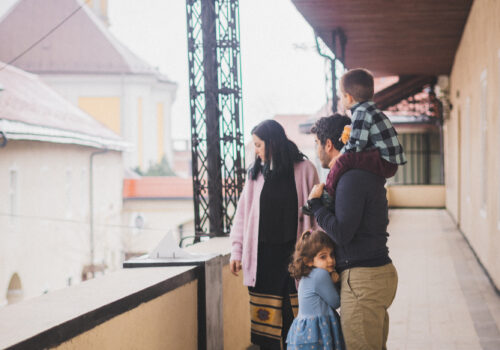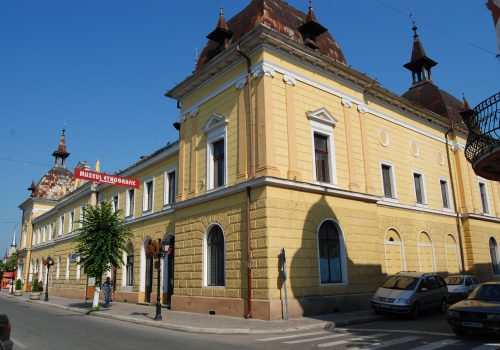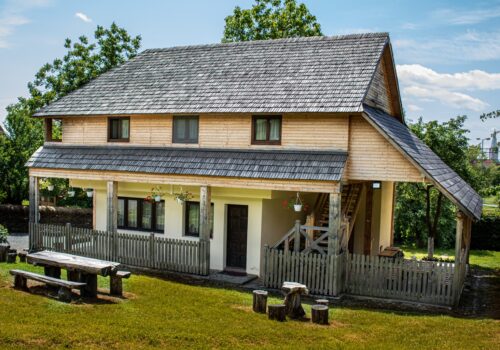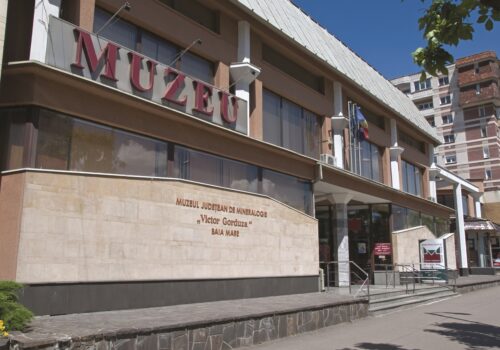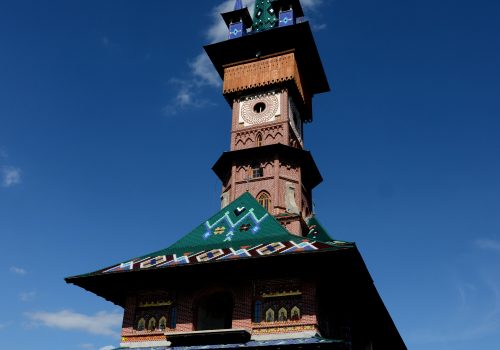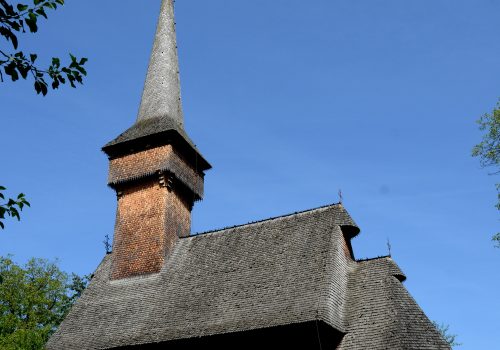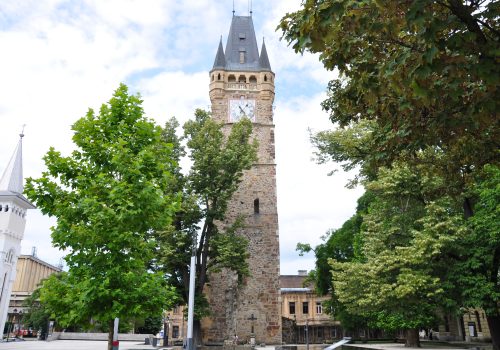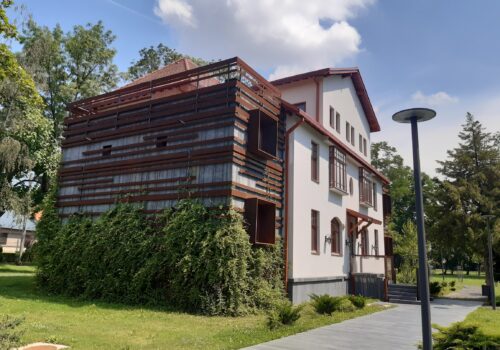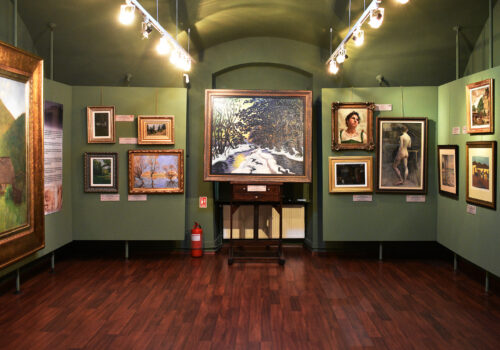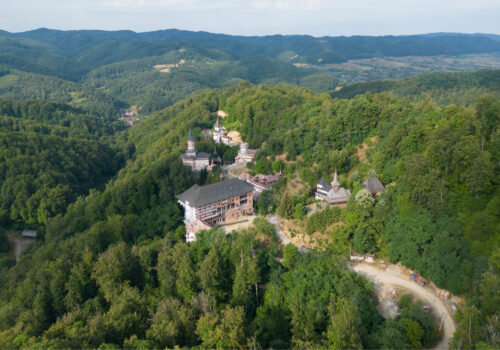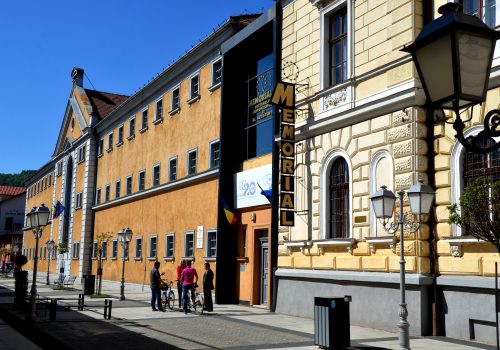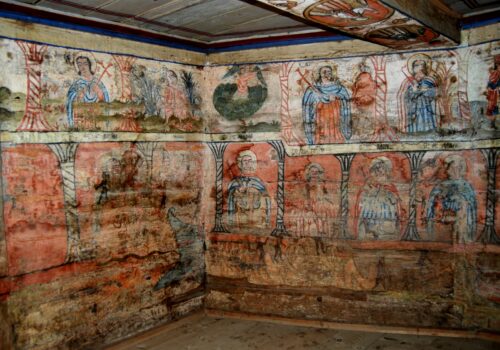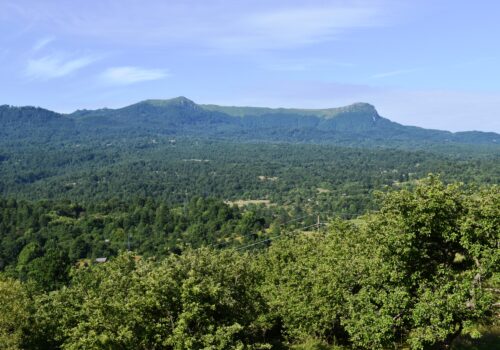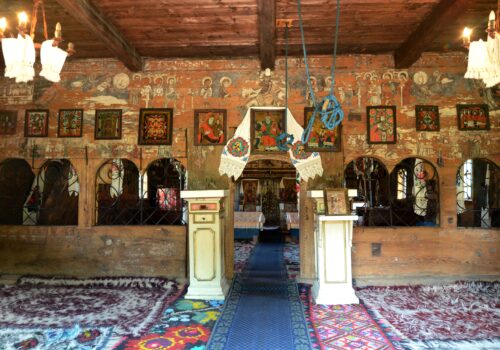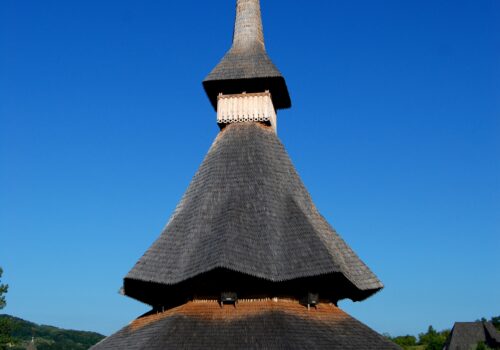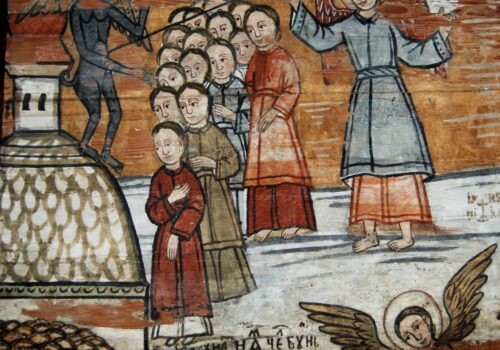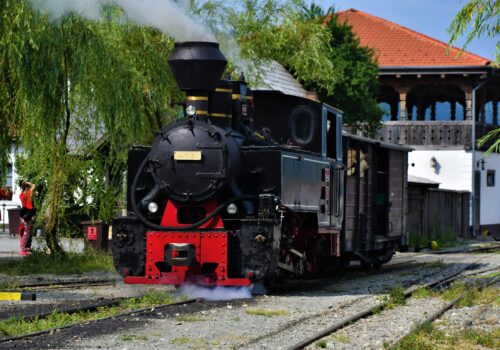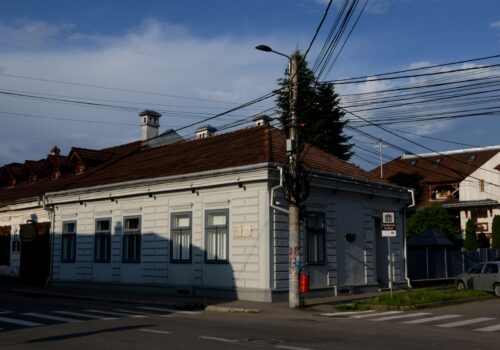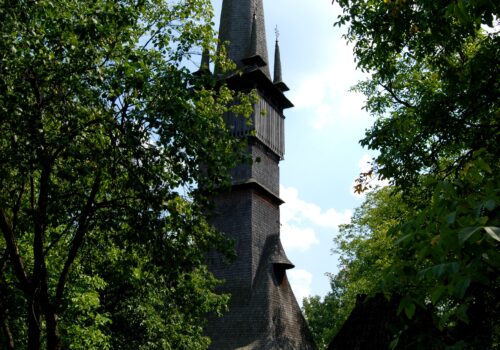Objects of the Carpathian cultural route
The idea of establishing a museum in Baia Mare originated in the late 19th century, when there were already quite consistent collections of “old objects”, capitalised on by the first historical exhibition. On 31 August 1899, thanks to the efforts of the historian Schӧnherr Gyula, the Baia Mare Museum Association…
It is a regional museum that represents the historical province of Maramures. The current structure of the museum includes it as a type of museum complex, nationally representative of each historical province of the country. It differs from museums based on territorial and administrative structures, i.e. county museums, which are…
The Museum of Ethnography and Folk Art of Baia Mare County is a public cultural institution subordinated to the Maramures County Council. The museum is located on the Hill of Flowers, in a picturesque area of the city, near the historic centre. The institution consists of two locations: The Rural…
The “Victor Gorduza” County Museum of Mineralogy Baia Mare – MusMin – is one of the most important museums with natural sciences profile in Romania and the largest regional museum of mineralogy in Europe, whereas the entire museum patrimony, either exhibited or stored, comes from the north-western area of Romania.
One of the most famous tourist attractions in Maramures, the Merry Cemetery, is a unique place in the world that brings a bit of optimism to the perception of death. The cemetery is the result of many years of work by the master Stan Ioan Patras, who created real works…
Most experts date the wooden church of “Holy Pious Paraskeva” from Desesti to 1770, which was inscribed on the UNESCO World Heritage List in 1999. Post-Byzantine paintings from the 18th century, typical of Maramures, still cover the walls of three rooms and are associated with the names of two great…
The Citadel Square and Stefan’s Tower, two sites that are linked to the history of Baia Mare, have undergone extensive restoration, reconstruction and modernisation work. According to the local authorities, the area will become a museum and, at the same time, a major tourist destination on the map of Baia…
„Colonia Pictorilor”(“Painters’ Colony”) is located on a plot of land with an area of 13,417 sqm, the settlement consisting of creative spaces, organized in 5 buildings, constructed in 1900 – 1911 – 1920 – 1968, as well as a contemporary building designed and built in 2012, called Documentation and Visual…
The County Art Museum the « Artistic Centre Baia Mare» is a cultural institution located in the Old Center of Baia Mare, at 1 Mai Street, no.8. The building of the museum operates was erected in 1748 and is a historical monument of national importance. Although seen from the outside…
Among the valuable church and religious art monuments, which attract the admiration and appreciation of visitors from the country and abroad, a leading place is occupied by the The “Saint Ana” Monastery from Rohia, in ” Lapuşului Land”, Maramureş County. Located in a picturesque setting, on the ridge of a…
The Memorial to the Victims of Communism and Resistance was created and is managed by the Civic Academy Foundation. “The greatest victory of communism – a victory that was dramatically revealed only after 1989 – was the creation of a man without memory, a new brainwashed man who does not…
The wooden church of the Holy Archangels Michael and Gabriel, Rogoz, Maramures county, is one of the most interesting and valuable in Transylvania. Rogoz is located 6 km from Tirgu Lepus. The church is on the list of historical monuments from 2004, code MM-II-m-A-04618. This historical monument is also included…
The village of Breb is located in the central and northern part of the Maramures Basin, in the upper part of the Mara River basin, in the northern foothills of the Gutai massif, in the valley of the Breboia stream. The village is located 6 km from the resort of…
The wooden church dedicated to “Saint Nicholas” in Budesti Josani, built in 1643, was inscribed on the UNESCO World Heritage List in 1999. With a length of 18 metres, a width of 8 metres and a height of 26 metres, the building is the largest wooden church in historic Maramures.
One of the most visited attractions in Maramureș, the Bârsana Orthodox Convent is a monastic ensemble consisting of several wooden buildings and following the traditional style of Maramureș, with a church tower that stands out, 74 metres high. The foundation stone of the new monastery was laid in 1993 on…
Coltău is one of the most famous places of pilgrimage linked to poet Sándor Petőfi in Northern Transylvania. Mór Jókai’s visits and Petőfi’s poems established Coltău’s literary reputation. The Coltău commune is located on the terrace of Lăpuş 10 km south of Baia Mare Municipality, the capital of Maramureș County,…
The wooden Church of the Nativity in Ieud din Deal dates back to the early 17th century, when it was built by the Bala family, part of the local nobility. In addition to its early dating, the church is also notable for the discovery in 1921 of the Ieud Codex…
Welcome to Mocănița, Maramureș! We invite you to enjoy a unique experience, a journey on the last active forest railway in the world on which steam locomotives run, in a wild and charming natural setting located right in the heart of the Maramureș Mountains and also to learn the history…
“If the Greeks invented tragedy, the Romans invented the epistle and the Renaissance sonnet, then our generation has invented a new literature – the literature of witnessing. We have all been witnesses, and we feel that we will have to witness the future. And this became the mana, the single…
Built in 1721 by the Greek Catholic community of the village and supervised by master craftsman Iona Makari from mountain oak wood, the church is impressive in keeping with wooden structures of the time, with a total height of 72 metres. The main tower is surrounded by four smaller towers,…

